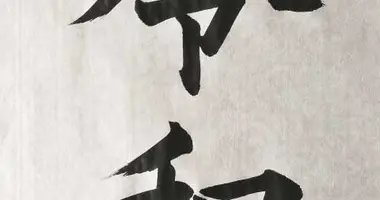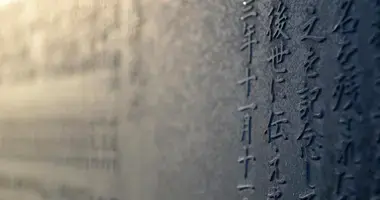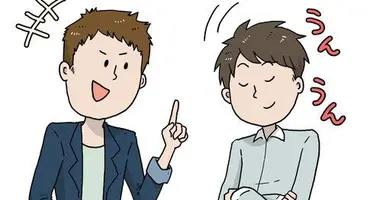Romaji
Romaji

Japanese romaji
As well as the Japanese syllabaries hiragana and katakana, the Japanese language is also represented in Latin script and this is referred to as romaji (literally "Rome letters"). Thus the sentence: 私はイギリス人です is transcribed in romaji as "watashi wa igirisu jin desu - I am English."
Romaji, and by extension English, is all around you in Japan, used in road and traffic signs, railway station names, airlines (ANA, JAL, Skymark), Japanese acronyms (JAXA, JNTO, JR), hairdressers' names, advertising, magazine newspaper and book titles, company names (think Sony, Panasonic, Uniqlo and Canon), cigarette brands (Mild Seven, now Mevius, Peace, Caster Mild), convenience stores (Lawson, Seven Eleven, Family Mart), soccer (Gamba Osaka, Nagoya Grampus, Kyoto Sanga) and baseball team names (Hanshin Tigers, Yomiuri Giants), shop fronts and of course, on those wacky "Engrish" T-shirts.
The Hepburn romanization system dating from the late nineteenth century is still the most widely used method of transcription of Japanese into the Latin alphabet.
At elementary school Japanese children are taught to read and write romanized Japanese and romaji is widely used to imput Japanese text into computers, electronic dictionaries and mobile phones.
Some romanization can, however, be puzzling to the Western reader. For example, the sound sho, or jo, is sometimes alternatively written syo or jyo, but the pronunciation is exactly the same. Also, sometimes the tsu sound is written tu - but pronounced tsu.

Japanese beer and canned coffee names are written in romaji

Shop names in Japan often use romaji
History of Romaji
The romanization of Japanese began in the 16th century with the arrival of the first Portuguese traders and priests. However, as Japan reduced contact with the West during the Edo Period, romaji fell out of use and it wasn't until the late 19th century and further Western intrusion and influence starting with Commodore Perry's arrival with his "Black Ships" in Shimoda in 1853, that there was a need to transcribe Japanese into the main Western alphabet.
Some Meiji-era reformers such as Japan's first minister of education, Mori Arinori (1847-1889), in their enthusiasm for all things Western and thus "modern", wanted to scrap Chinese characters and kana scripts altogether and replace them with romaji, much as Vietnam was to do after it gained independence from France.
This idea that romaji and foreign languages are somehow modern, sophisticated and cool continues today. Thus shops and businesses use romaji, loanwords and English to grab attention, often with mixed results.

Romaji names can often be confusing for foreign visitors to Japan

Shop and restaurant names in Japan are often written in romaji
Books on Learning Japanese
Some useful books for getting started with Japanese are Let's Learn Hiragana, Japanese Hiragana For Beginners and Learning Hiragana & Katakana.

Canned coffee like beer is usually advertised in romaji
Books on Japanese Language
Romaji: lit. Rome letters. Romaji is a method of transcribing the Japanese language into the Latin alphabet. Romaji was developed in the late 19th century.









